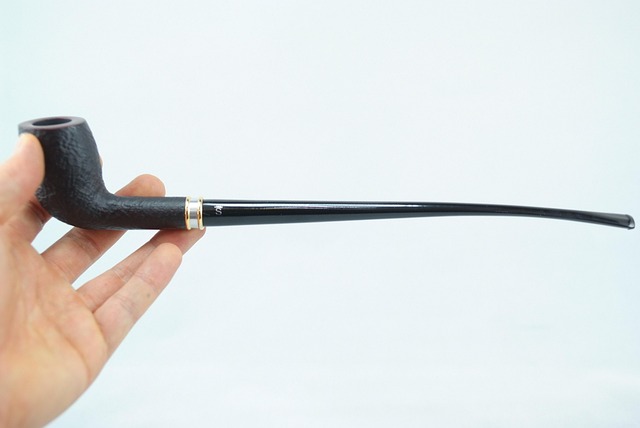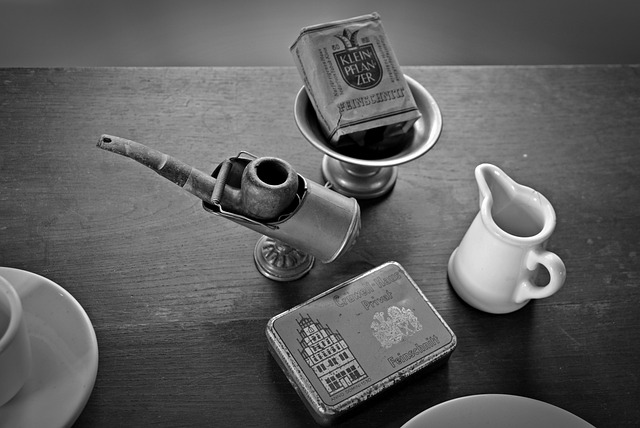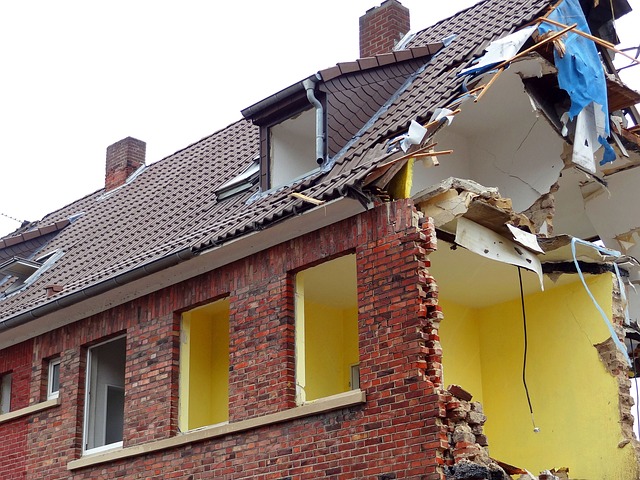DIY pipe insulation is a vital winter home maintenance project that protects plumbing from freezing temperatures, enhances energy efficiency, and reduces utility bills. Focus on unheated spaces like basements, attics, and outdoor spigots. Use foam or fiberglass insulation to wrap pipes, creating a barrier against extreme heat and cold. Regular year-round maintenance includes checking for damage, sealing gaps, and making seasonal adjustments like adding extra insulation in winter.
Keep your home cozy this winter with DIY pipe insulation! Learn how to prevent costly frozen pipes, reduce heat loss, and save on energy bills. This guide covers everything from identifying problem areas in your plumbing system to a step-by-step tutorial using common materials. We’ll also share expert tips for maintaining efficiency throughout the season. Get ready to winter-proof your home like a pro!
- Understanding Pipe Insulation: Why It Matters and Common Problem Areas
- DIY Solutions: Materials, Tools, and Step-by-Step Guide for Effective Pipe Insulation
- Tips and Tricks to Maintain Efficiency: Prevention, Regular Maintenance, and Seasonal Adjustments
Understanding Pipe Insulation: Why It Matters and Common Problem Areas

Pipe insulation is a crucial aspect of home maintenance, especially during winter months. It’s not just about preventing frozen pipes; it’s a DIY project that can enhance energy efficiency and save you money on utility bills. Understanding where to insulate and why is key. Common problem areas include water supply lines in unheated spaces like basements, attics, or outdoor spigots. These areas are vulnerable to temperature drops, leading to potential pipe bursts and costly repairs.
DIY pipe insulation involves wrapping pipes with insulated material, typically foam or fibre glass, to create a barrier against extreme heat and cold. By doing this, you reduce heat loss in winter and prevent pipes from freezing. It’s an easy yet effective way to keep your home comfortable and your plumbing system running smoothly throughout the season.
DIY Solutions: Materials, Tools, and Step-by-Step Guide for Effective Pipe Insulation

DIY pipe insulation is a cost-effective and efficient way to winter-proof your home, ensuring your pipes remain safe from freezing temperatures. The materials required are relatively simple and can be found at most hardware stores. Insulation itself comes in various types but typically includes foam or fiberglass options designed for pipes. You’ll also need some basic tools like scissors, a utility knife, and possibly a heat gun (for expanding insulation).
The process involves several easy steps: first, measure the length of pipe you need to insulate, then cut the insulation material to fit. Next, secure the insulation with tape or special clips designed for this purpose. For larger pipes or more exposed sections, consider using a heat gun to expand foam insulation, creating a tight seal around the pipe. Finally, trim any excess material and ensure all gaps are filled to prevent cold air penetration. With these simple steps, you can effectively DIY pipe insulation and safeguard your home’s plumbing system this winter.
Tips and Tricks to Maintain Efficiency: Prevention, Regular Maintenance, and Seasonal Adjustments

Maintaining efficient pipe insulation is a year-round effort, integral to your home’s comfort and energy savings. DIY Pipe Insulation tips start with prevention – ensuring pipes are adequately insulated where they enter or exit your home, and sealing any gaps or cracks along the way. Regular maintenance involves checking for any signs of damage or moisture, addressing them promptly to avoid bigger problems later.
Seasonal adjustments play a key role too. During winter, consider adding extra insulation around exposed pipes in attics, crawl spaces, and exterior walls. Use weatherproof materials to protect pipes from freezing temperatures. Conversely, in warmer months, trim back tree branches that could cast shadows on your home, reducing cooling costs.
Winter can be harsh on your home’s plumbing system. By implementing these DIY pipe insulation tips, you’ll not only prevent frozen pipes but also reduce energy bills and ensure a more comfortable living space throughout the cold season. With a bit of know-how and some simple tools, you can winter-proof your home effectively and efficiently.
